Oats – for health and weight loss
My Oat Obsession
When I was young I ate so much oats and oatmeal porridge that my older brothers nicknamed me ‘Hoss’ (partially as a nod to the famous character on the 1950s-60s TV show ‘Bonanza’ – RIP Dan Blocker!). I was known to regularly fill up a small saucepan (read “chaff-bag”!) with thick oat porridge, sprinkle it liberally with brown sugar, splash on some milk and sit down for my favourite feast.
Over the years I haven’t quite kept up the same oat consumption, but I still enjoy the delights of oatmeal porridge, muesli, and even a sprinkling of rolled oats over my breakfast cereal.
It turns out that my oat obsession wasn’t such a bad thing health-wise either. When I was recently diagnosed with high cholesterol, one of the foods I researched that was recommended to help reduce high cholesterol levels was, you guessed it, oats.
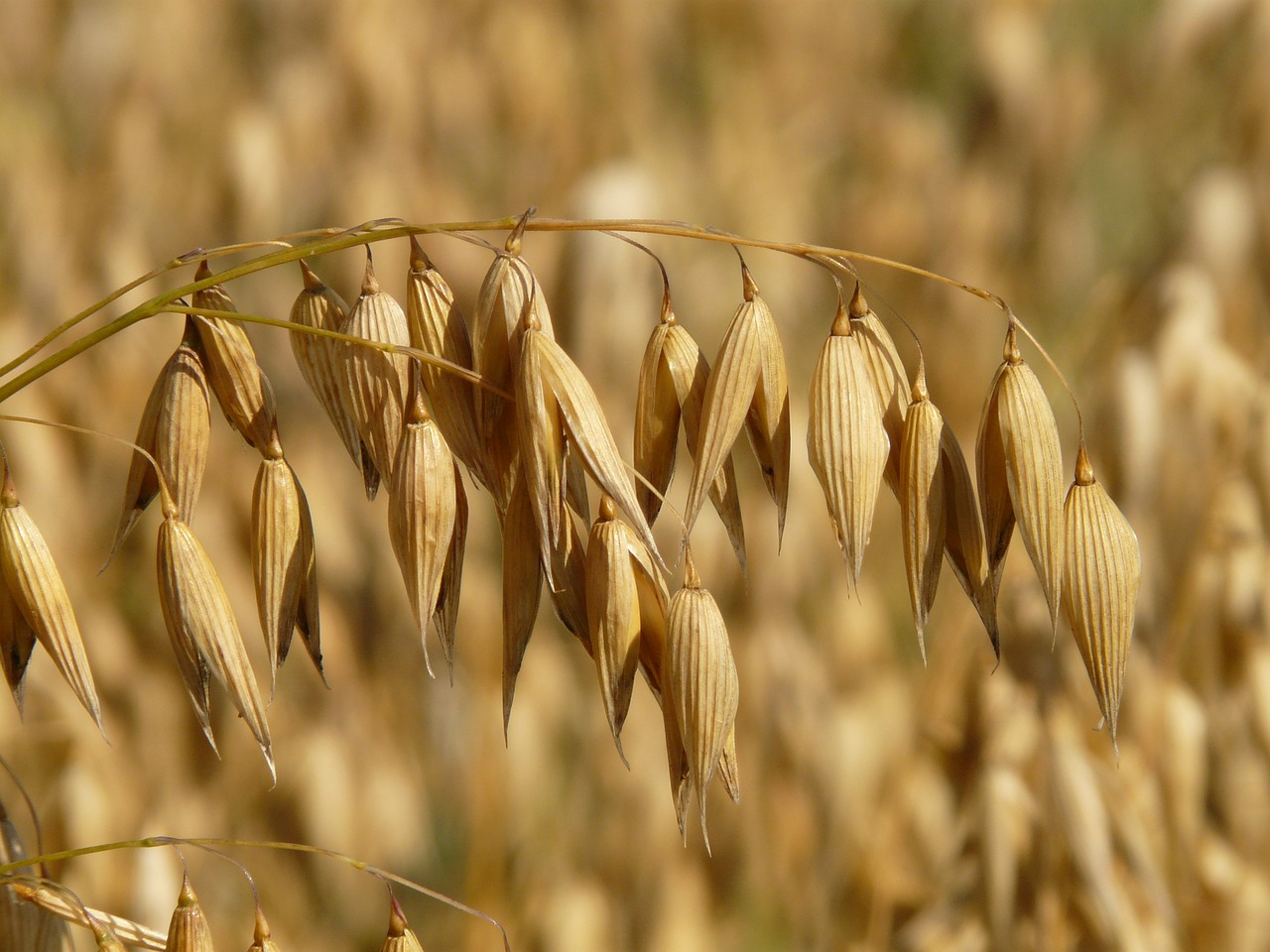
Health benefits of oats – a whole grain superfood
Did you know that oats are a great source of phosphorus, selenium and manganese? They’re a good source of soluble dietary fibre, iron, zinc and magnesium, and vitamin B1. Oats are also rich in carotenoids, tocols (Vitamin E), flavonoids and avenanthramides – a class of polyphenols.
Oats, oat bran, and oatmeal contain a specific type of fibre known as beta-glucan, which has been shown in many studies to reduce blood cholesterol levels, thus reducing the risk of heart disease. The intake of the equivalent of three grams of oat fibre (in one bowl of oatmeal) daily generally reduces total cholesterol by 8 to 23 percent.
According to an article from The George Mateljan Foundation, recent research suggests that oats may have another cardio-protective mechanism.
A study conducted at Tufts University and published in The Journal of Nutrition found that an antioxidant compounds unique to oats, called avenanthramides helps prevent free radicals from damaging LDL cholesterol.
Another study also conducted at Tufts and published in Atherosclerosis, researchers exposed human arterial wall cells to purified avenenthramides or oat phenols from oats for 24 hours, which significantly suppressed the production of several types of molecules involved in the attachment of monocytes (immune cells in the bloodstream) to the arterial wall—the first step in the development of atherosclerosis, or hardening of the arteries.
We know that consumption of dietary fibre and whole grain products such as oats can reduce the risk of high blood pressure and heart attack. Harvard researchers looked at the effects of cereal consumption on heart failure risk by following 21,376 participants in the Physicians Health Study over a period of 19.6 years. After adjusting for other factors (age, smoking, alcohol consumption, vegetable consumption, use of vitamins, exercise, and history of heart disease), the researchers discovered that men who enjoyed a daily morning bowl of whole grain (but not refined) cereal had a 29% lower risk of heart failure.
Other oat health benefits
- Management of diabetes. Oat’s beta-glucan has beneficial effects for diabetics. Type 2 diabetes patients given foods high in this type of oat fibre or given oatmeal or oat bran rich foods experienced much lower rises in blood sugar compared to those who were given white rice or bread. Researchers in Mannheim, Germany carried out a dietary intervention with 14 patients who had uncontrolled type 2 diabetes and insulin resistance. The patients were introduced to a diabetes-appropriate diet containing oatmeal during a short hospital stay, then examined again four weeks later. On average, patients achieved a 40% reduction in insulin dosage – and maintained the reduction even after 4 weeks on their own at home.
- Protection against breast cancer. When researchers looked at how much fiber 35,972 participants in the UK Women’s Cohort Study ate, they found a diet rich in fibre from whole grains, such as oats, and fruit offered significant protection against breast cancer for pre-menopausal women. (Cade JE, Burley VJ, et al., International Journal of Epidemiology).
- Immune system booster. In laboratory studies reported inSurgery, beta-glucan significantly enhanced the human immune system’s response to bacterial infection.
- Lowering risk of colorectal cancer. Researchers in Britain and the Netherlands pooled published evidence that covered nearly 2 million people to evaluate whether a high fibre diet (mainly from whole grains and cereals like oats) is linked to a lower risk of colorectal cancer, and found that for every additional 10g of fiber in someone’s diet there is a 10% reduction in their risk of developing colorectal cancer.
- Management of blood pressure. An article published in the American Journal of Clinical Nutrition concluded that a diet which includes plenty of whole-grains (such as oats or wholemeal bread) is just as effective as taking anti-hypertensive medication in lowering blood pressure.
- Protection against hormone-dependent cancer. A phytochemical especially abundant in whole grains including oats are plant lignans, which are thought to protect against breast and other hormone-dependent cancers as well as heart disease.
Several studies suggest that eating whole grains such as oats has been linked to protection against atherosclerosis, ischemic stroke, diabetes, insulin resistance, obesity, and premature death. A new study and accompanying editorial, published in the American Journal of Clinical Nutrition explains the likely reasons behind these findings and recommends at least 3 servings of whole grains should be eaten daily. So much for the Paleo proponents’ claim that whole grains aren’t any good for you!
Oats for weight loss and appetite control
Studies have revealed that starting the day with a nutritious, fibre-rich meal such as oats can help with maintaining a healthy weight. A cup of oatmeal is only 130 calories. It stays in your stomach longer, making you feel full longer, with less hunger and cravings.
Australian researchers studied fourteen people who ate a control meal and three different cereals with different levels of oat beta glucan. They then collected blood samples for four hours after each meal, and found a significant dose response between higher levels of oat beta glucan and higher levels of Peptide Y-Y, a hormone associated with appetite control.
Also in Australia, researchers at the University of Sydney fed 38 different foods, one by one, to 11-13 different people, then asked them to report their “satiety” or fullness every 15 minutes for the next two hours. From this, they ranked all 38 foods in a “Satiety Index.” Oatmeal rated #3 overall for making people feel satisfied and full, and it rated #1 in the breakfast food group.
Information Sources:
- Whole Grains Council
- Nutrition Research, October 2009; 29(10):705-9
- European Journal of Clinical Nutrition, September 1995; 49(9): 675-90
- Nutrition Facts
- Medical News Today
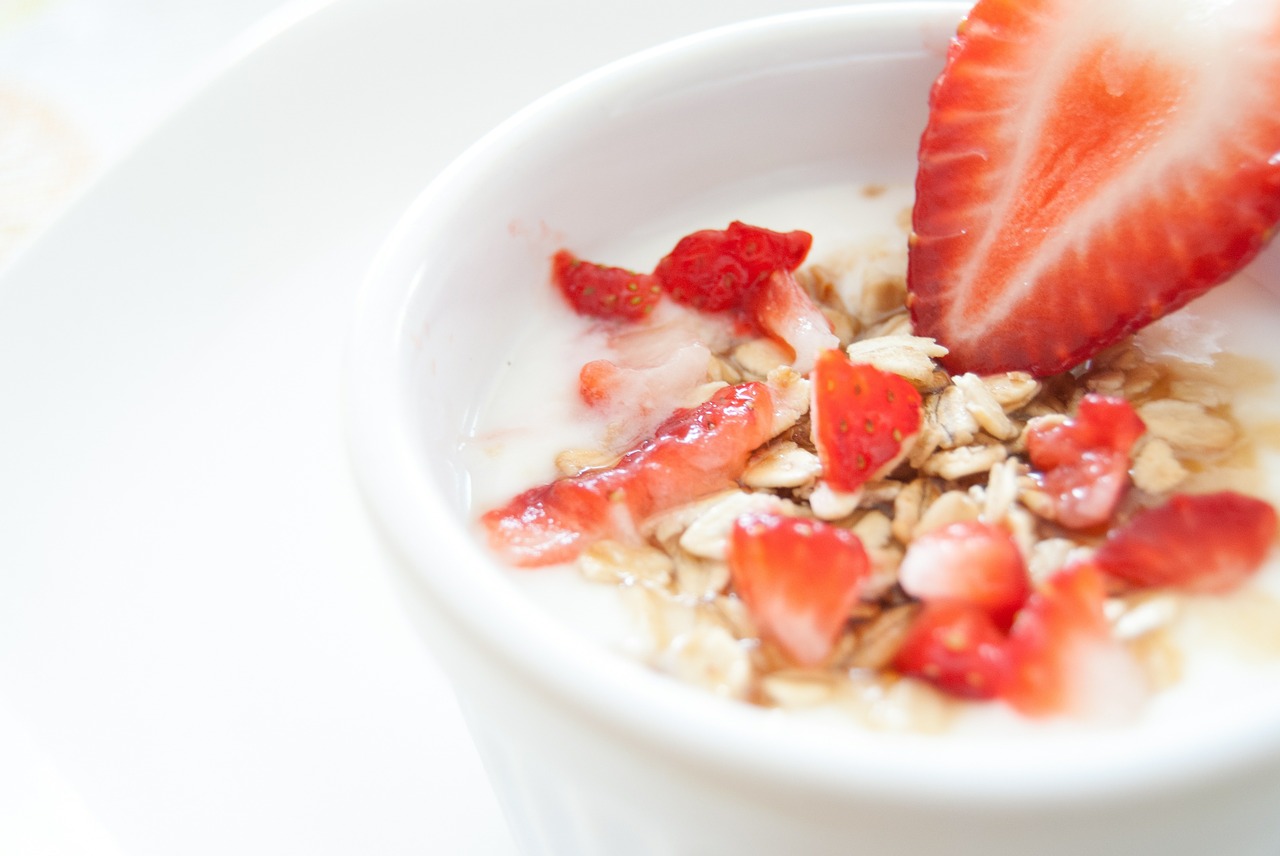
Cooking and eating oats
The distinctive flavour associated with oats is partly due to the roasting process they undergo after being harvested and cleaned. Oats are then hulled, though this process does not strip away their bran or their germ, which allows them to retain a concentrated source of their fibre and nutrients.
Versatile oats can be eaten raw or cooked as porridge; made into oat flour; oat bran (the outer layer of the grain that resides under the hull); added to baked goods (oat cookies, oat cakes), and even consumed as oat milk.
Tom’s Quick and Easy Oatmeal
I have a favourite, very quick and easy way to cook low-fat healthy oatmeal porridge:
Ingredients:
- Half-cup of rolled oats
- One cup of water
Method:
- Add ingredients to a microwave bowl with lid.
- Microwave (or alternatively cook in saucepan) for 2 minutes.
- Stir ingredients well, then serve.
Depending on taste, you can then add fresh fruit such as banana, berries, or dried fruit for texture and natural sweetener. I also add some ground flax seed for omega 3 fats, and soy-milk (I drink fat-free), although you can add the milk of your choice (oat milk is also recommended).
How do you like your oats? Maybe you enjoy other oaty treats like our Anzac biscuit, Oat Bread, or our Steel Cut Oat Power Porridge.
Let us know in the comments.
Tom Perry

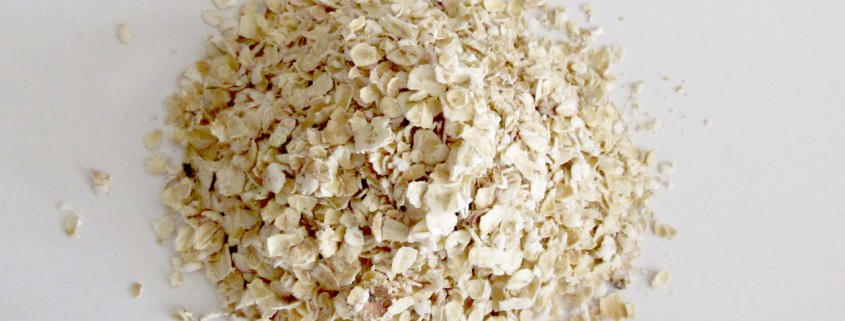
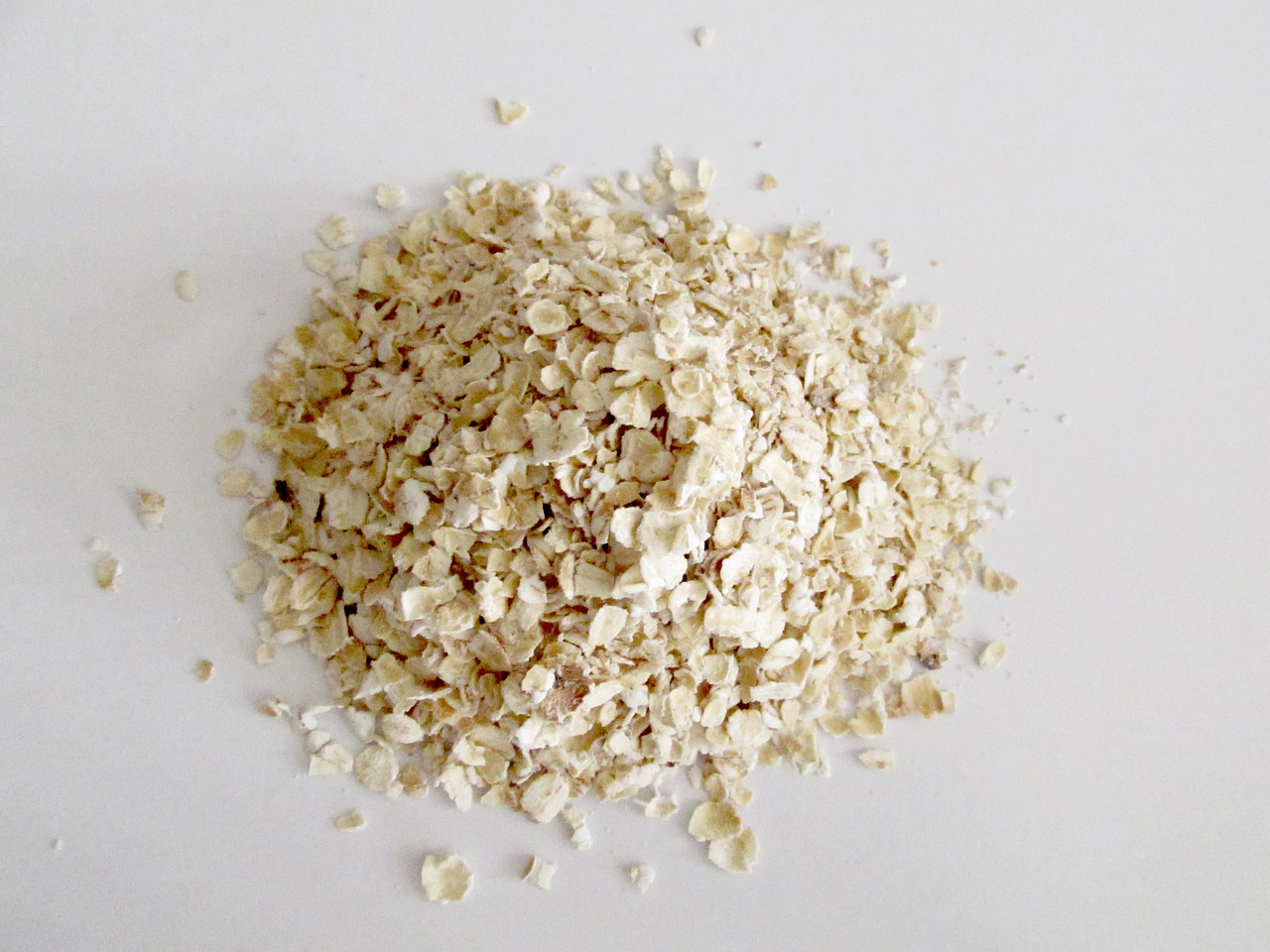
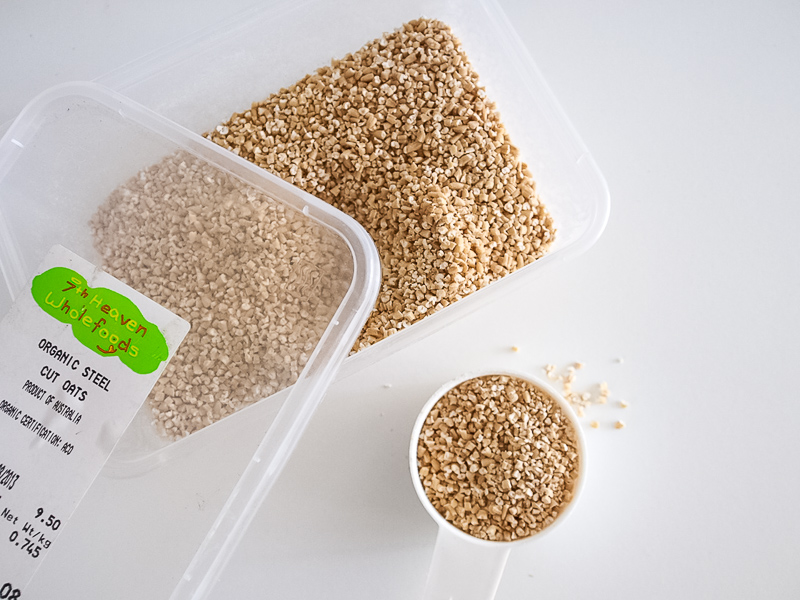


Leave a Reply
Want to join the discussion?Feel free to contribute!